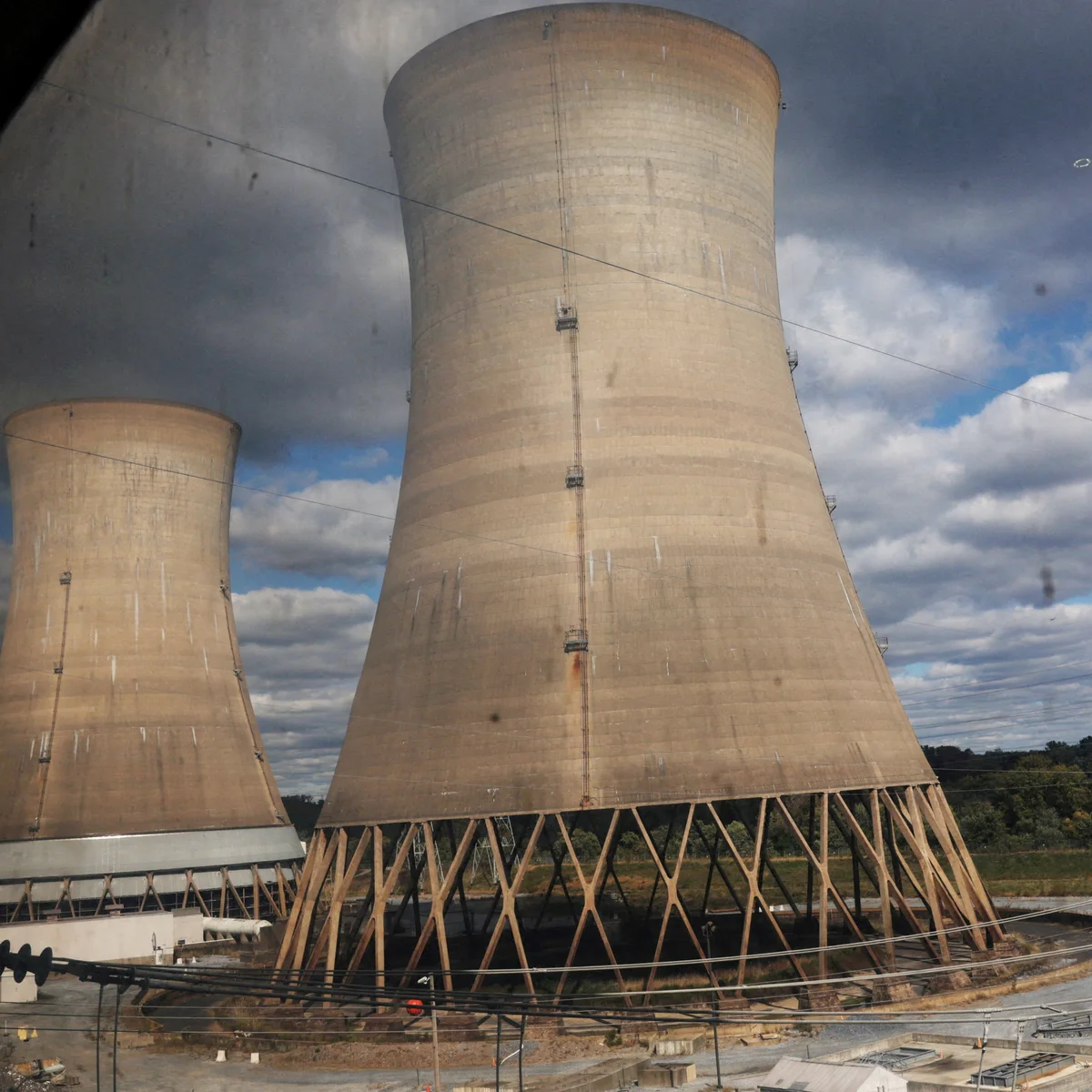In a landmark transaction that could reshape the U.S. energy sector, Constellation Energy announced its agreement to acquire Calpine Corporation for $26.6 billion. The deal, which combines one of the country’s largest nuclear energy producers with a major player in natural gas and renewable energy, underscores the industry’s ongoing shift towards diversified and sustainable energy portfolios.
The Acquisition Details
Under the terms of the agreement, Constellation Energy will pay $15 billion in cash and assume $11.6 billion in Calpine’s debt. The purchase price represents a significant premium to Calpine’s recent stock price, signaling Constellation’s confidence in the long-term value of Calpine’s assets and market position. The transaction is expected to close by the end of 2025, pending regulatory and shareholder approvals.
Strategic Rationale
Constellation Energy’s acquisition of Calpine is aimed at bolstering its clean energy offerings while enhancing its market footprint in natural gas-fired power generation. Calpine operates one of the largest fleets of natural gas power plants in the United States and has been a key player in renewable energy integration, with substantial investments in geothermal and wind power.
“This acquisition marks a significant step forward in Constellation’s mission to lead America’s transition to a cleaner energy future,” said Constellation CEO Joseph Dominguez. “Calpine’s assets and expertise in natural gas and renewables will complement our nuclear portfolio, creating a balanced and resilient energy company ready to meet the challenges of the energy transition.”
Industry Implications
The deal highlights the increasing consolidation in the U.S. energy sector as companies seek scale and diversification to remain competitive in a rapidly evolving market. The integration of Calpine’s natural gas assets with Constellation’s nuclear capabilities positions the combined entity to provide reliable baseload power while reducing carbon emissions.
Experts note that this acquisition could set the tone for further M&A activity in the sector. “This is a bold move that could encourage other energy companies to explore similar synergies,” said energy analyst Linda Martinez. “As renewable energy adoption accelerates and carbon reduction goals become more stringent, companies will need to align their portfolios to remain relevant.”
Financial Outlook
The combined company is expected to generate over $12 billion in annual revenue, with a projected EBITDA of $4.8 billion. Constellation Energy anticipates achieving $500 million in annual cost synergies within three years of the deal’s closure.
To finance the acquisition, Constellation plans to issue new equity and debt while leveraging existing cash reserves. Analysts have largely welcomed the deal, though some have raised concerns about the significant debt load.
Regulatory Considerations
The transaction will face scrutiny from federal and state regulators, particularly given its implications for market competition and energy reliability. However, both companies have expressed confidence in gaining approval, citing the complementary nature of their operations and the broader benefits for consumers and the environment.
Future Prospects
Upon completion, the merger will create one of the most diversified energy companies in the United States, capable of delivering clean, reliable, and affordable power to millions of customers. The combined entity will be better equipped to invest in emerging technologies, such as battery storage and hydrogen, further solidifying its leadership in the clean energy transition.
“Together, we will drive innovation and deliver on our shared commitment to sustainability,” said Thad Hill, CEO of Calpine. “This partnership represents a new chapter for our employees, customers, and communities.”
Conclusion
Constellation Energy’s $26.6 billion acquisition of Calpine Corporation marks a transformative moment for the U.S. energy industry. By uniting two leaders in nuclear and natural gas power, the deal promises to enhance energy reliability while advancing the nation’s clean energy goals. As the energy landscape continues to evolve, this merger stands as a testament to the importance of scale, diversification, and innovation in shaping the future of power generation.





